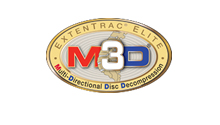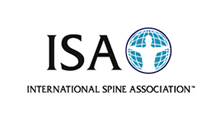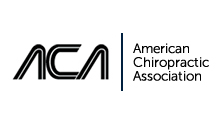
Spine Disorders
|
TERMINOLOGY (SYNONYMS)
Cervical spondylotic myelopathy (CSM) is a compression of the spinal cord in the neck. (When doctors say the spinal cord is "compressed," they mean it is being pressed and squeezed.) CSM often affects older adults. In people with CSM, changes in the bones, disks and ligaments of the spine cause pressure on the spinal cord. Some changes are because of normal aging. Some changes are caused by arthritis of the spine. CSM is the most common spinal cord problem in people 55 years or older in the United States. The term myelopathy refers to dysfunction of the spinal cord. It is important that myelopathy be recognized early due to the potential risk for poor neurological recovery. The term spondylosis refers to degeneration of a spinal motion segment. It is characterized bone spur formation, bone enlargement (hypertrophy) and degenerative changes of the intervertebral disc. Myelopathy secondary to cervical spondylosis was recognized as a distinct clinical entity in the 1950s. Because of the detrimental consequences of progressive spinal cord compromise in the neck, physicians specialized in care of the spine should always exclude the possibility of myelopathy in their patients through a careful history and clinical examination process. The most common cause for compromise of the spinal cord in the neck is progressive narrowing of the spinal canal (the tunnel of bone containing the spinal cord) referred to as spinal stenosis. Degenerative disc disease and spondylosis are the most common causes of central and lateral spinal stenosis. Spinal stenosis can lead to direct spinal cord compression and/or neurological insult secondary to blood flow compromise to level of the spinal cord, which is compressed. In the patient population over 50 years of age, cervical spondylosis is one of the most common causes of spine cord compromise (myelopathy). Cervical spondylosis resulting in significant compression of the spinal cord or contributing to reduced blood supply to the spinal cord is referred to as cervical spondylotic myelopathy or CSM. The onset of CSM is often insidious and the consequences disabling. It is one of the most common causes of acquired spastic paraplegia in middle and later life. It poses significant risk for falling in the elderly. The true incidence of CSM is not known. It may remain one of the single most under diagnosed spinal disorders in the elderly population. PREVALENCE The typical patient with CSM is 45-60 years of age when they first present for care. Early intermittent symptoms may be overlooked often being related to “normal aging.� X-ray evidence of spondylosis is present in up to 50% of all individuals by age 50. Intervertebral disc herniation bone spurs can contribute to spinal stenosis. The intervertebral discs below the C3-4 level exhibit a higher incidence of herniation with C5-6 being the most common level of involvement followed by the C6-7 level and then C4-5 level. Bone spurs develop more commonly at the C6-7 level. Most clinical syndromes associated with CSM occur secondary to cord compression at C5-6 followed by C4-5 and C6-7 |
















